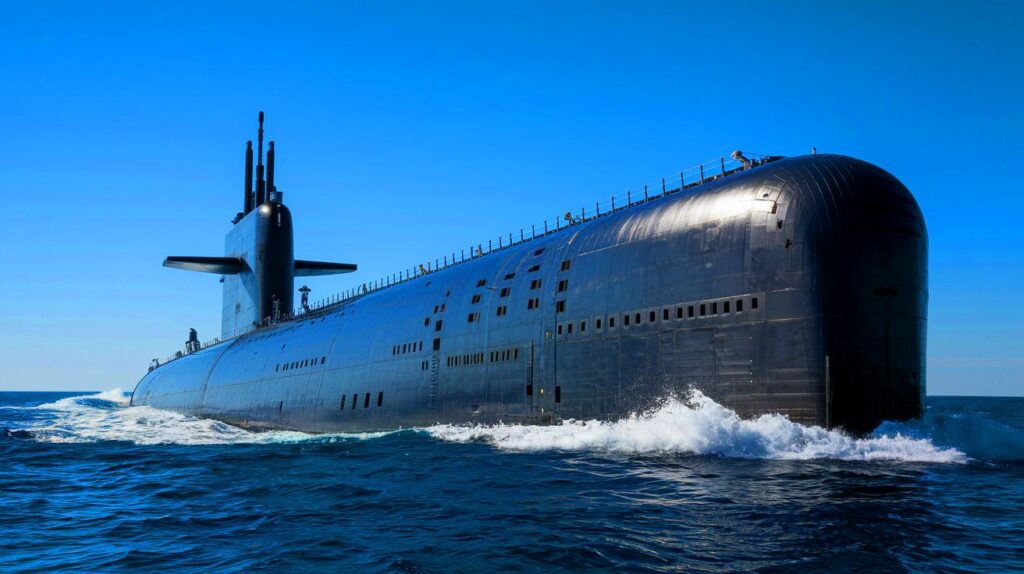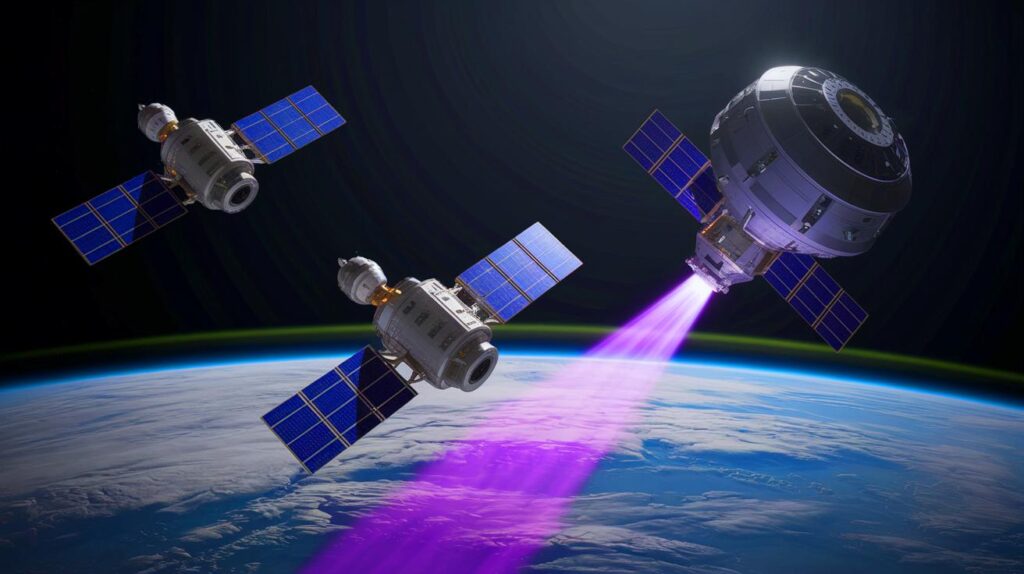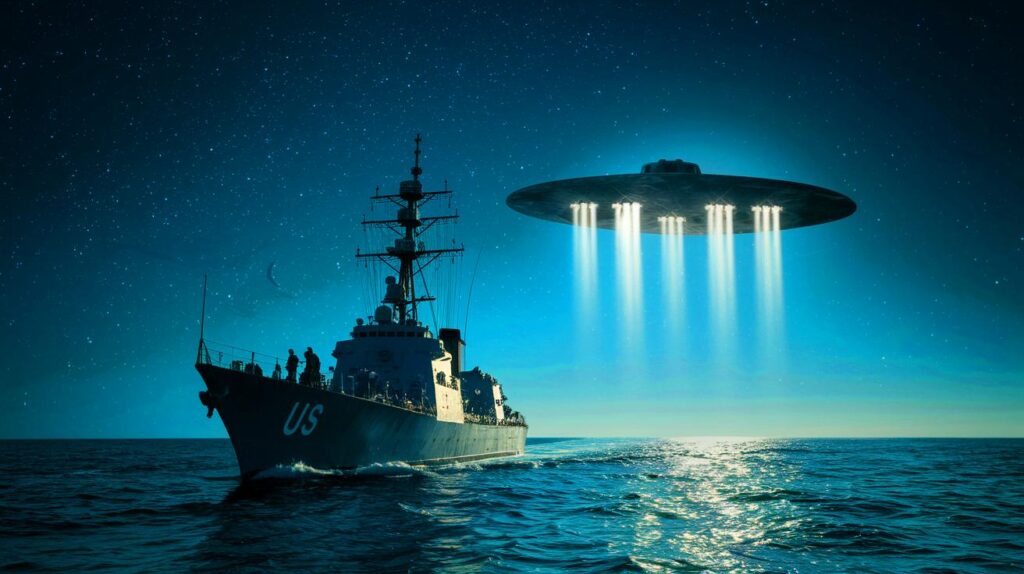| In Brief |
|
The Columbia submarine project, designed to replace the Ohio SSBNs of the U.S. Navy, marks a pivotal turn in the military history of the United States. Expected to remain in service until the 2080s, this ballistic nuclear submarine embodies the next generation of maritime strategic deterrence. With the acquisition of its last major component, the Columbia is nearing completion. This development highlights impressive technological advancements aimed at enhancing the U.S. maritime capacity. The question remains how this submarine will influence the balance of naval power on the international stage.
A Historic Milestone for the U.S. Navy
The delivery of the final major component of the Columbia submarine represents a crucial milestone for the Naval Foundry and Propeller Center (NFPC) of the U.S. Navy, which has worked for years on this ambitious project. Even before the keel was laid in 2022, the NFPC engaged in a complex engineering process to design models and castings for the submarine’s propeller. Production began in 2019 with the first sub-component and concluded in 2021 with the final major component.
The NFPC pushed the boundaries of innovation in engineering by achieving record castings for non-ferrous parts in the United States. The largest of these weighed over 118,000 kilograms, demonstrating an unwavering commitment to technology and innovation. Once completed, these components are transported by truck or barge to the General Dynamics Electric Boat (GDEB) shipyard for final assembly. The Columbia represents the future maritime strategic deterrence of the United States, and its development is the Navy’s top priority in acquisition.
The District of Columbia will be the largest nuclear submarine ever constructed by the United States, embodying the future of American naval defense. With a submerged displacement of 20,810 tons and a length of 171 meters, this submarine is designed to achieve speeds exceeding 20 knots and dive to depths greater than 240 meters. Powered by a nuclear reactor, it features a turbo-electric propulsion system and a pump-jet propulsor, providing unlimited operational range. The crew will consist of 155 personnel, and the submarine is designed for a lifespan of 42 years, with approximately 124 planned deterrent patrols.
The Columbia has a nuclear reactor core for the entire life of the vessel, eliminating the need for mid-life refueling, unlike older Ohio-class submarines. The missile launch system retains the same size as that of the Ohio to accommodate Trident D5 missiles, but it has 16 launch tubes instead of 24, reflecting a strategic shift. Additional design features include X-shaped stern control surfaces for improved maneuverability, diving planes mounted on the sail for enhanced diving efficiency, and an integrated power system that works in harmony with the nuclear reactor.
Technical Features and Advancements
The Columbia submarine boasts impressive technical advancements that set it apart from its predecessors. It utilizes nuclear electric drive and a pump-jet propulsor for silent operation, along with an anechoic coating that minimizes sonar detection. Its large-aperture bow (LAB) sonar and stern-array systems (SAS) enhance its operational capabilities in surveillance and combat. These technological innovations make the Columbia a major asset for the United States, ensuring a continuous deterrent presence at sea through the 2080s.
In addition to its advanced technology, the Columbia is designed to be more energy-efficient and environmentally friendly. Its advanced propulsion system significantly reduces noise emissions, a crucial factor for stealth operations. The combination of these features makes the Columbia a centerpiece of the United States’ strategic triad, providing a robust and adaptable deterrent against emerging threats.
Timeline and Delivery Challenges
The delivery timeline for the Columbia submarine is ambitious, with the USS District of Columbia’s delivery scheduled for October 2027, followed by the USS Wisconsin in October 2030, the third submarine in July 2032, and the fourth in July 2033. However, an April 2024 delivery review ordered by Secretary of the Navy Carlos Del Toro indicates that the SSBN-826 could face a delay of 12 to 16 months. This postponement would push the delivery to October 2028 or early 2029 instead of the planned fiscal year 2027.
The challenges posed by this potential delay raise questions about the implications for U.S. strategic deterrent capability. How will the U.S. Navy compensate for this delay in deploying its new generation of ballistic nuclear submarines? The answer to this question will determine the ongoing efficacy of the United States’ maritime deterrent program in the future.
As the Columbia submarine moves closer to its commissioning, its impact on the U.S. naval defense strategy is undeniable. With advanced technical features and the promise of a robust strategic deterrent, this submarine becomes a centerpiece of the American fleet. As these vessels enter service, how will they reshape the balance of naval power globally, and what will be the implications for international defense policy?







